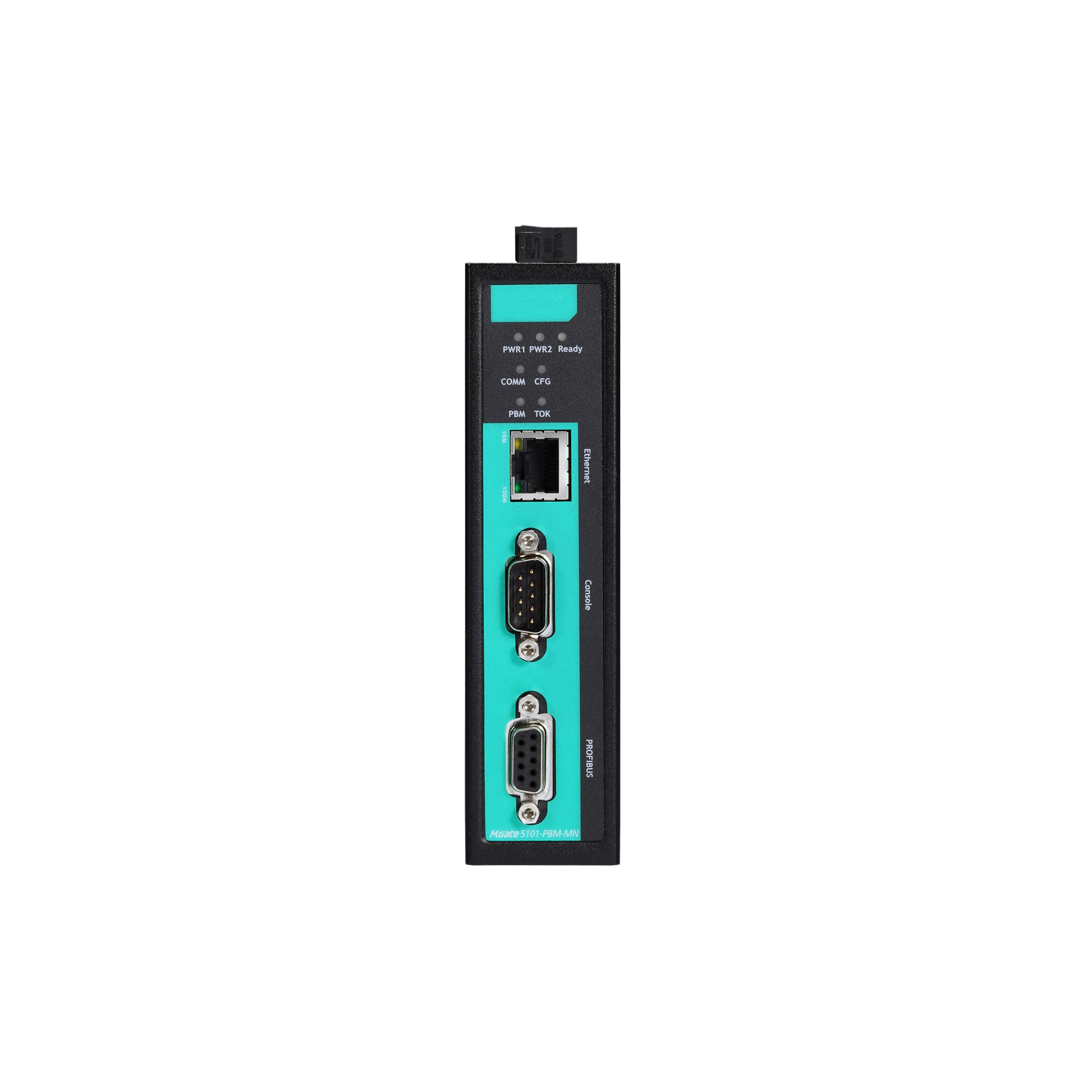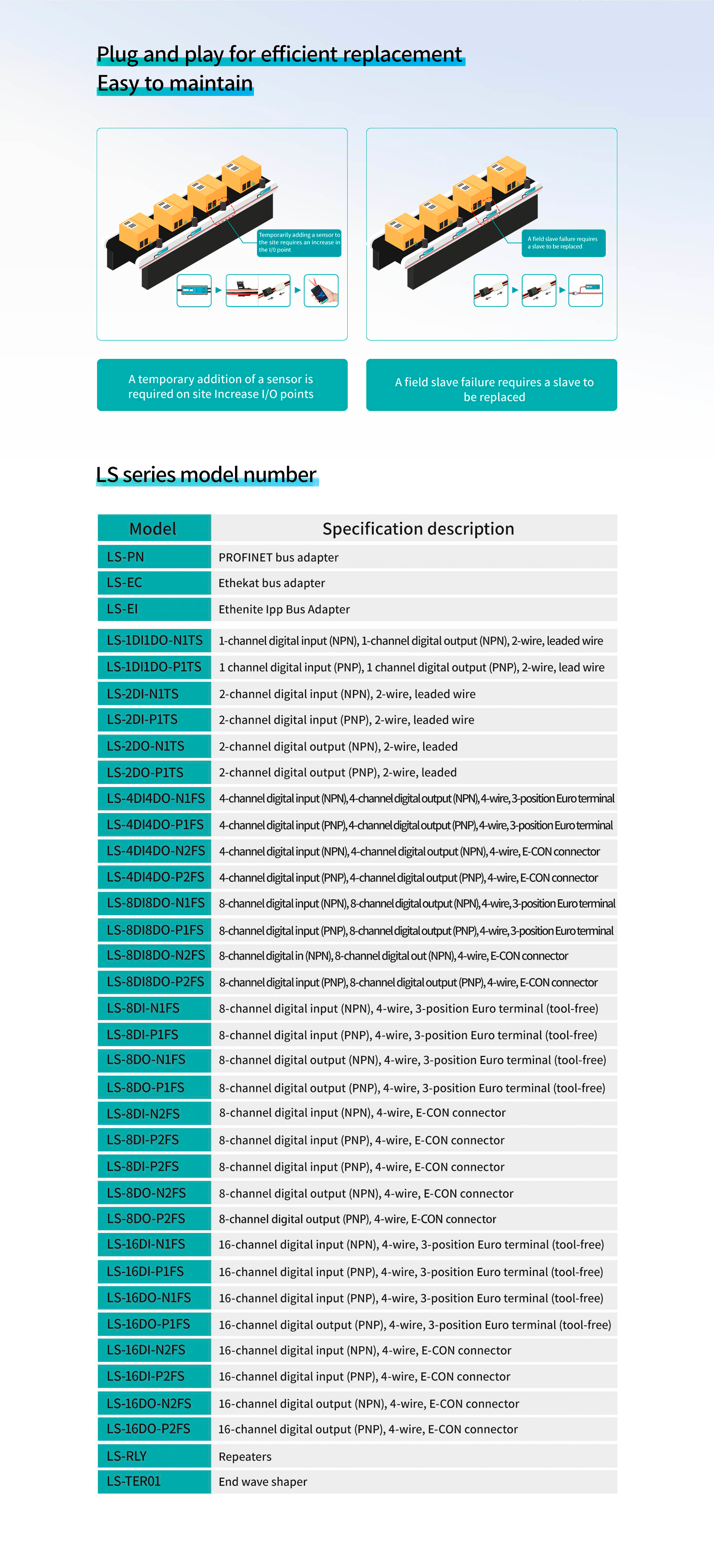Introduction: Navigating the Digital Landscape
Imagine this: your smart home system is constantly glitching, and those pesky error codes just keep appearing on your screen. It’s frustrating, isn’t it? This is a common scenario in a world where seamless connectivity is king—a world defined by digital input and output ( digital io). The importance of reliable systems cannot be overstated, as data suggests that over 60% of users face frequent integration issues. So, what exactly underpins these problems in automation?

Flaws in Traditional Automation Solutions
Let’s face it—many traditional automation setups are more about taking up space rather than providing smart solutions. Ever wondered why outdated systems struggle to interact uniformly? They often lack flexibility and compatibility, leading to segmented user experiences. With lingering issues of latency and miscommunication, it’s clear traditional systems don’t cut it anymore. Plus, look, it’s simpler than you think: persistent problems with data transfer translate directly into inefficiencies, resulting in increased costs and wasted time.

The Principles of New Technology
So, what’s the game-changer? Enter digital technologies grounded in the principles of interconnectivity and real-time data processing. This new wave of digital input and output employs edge computing nodes and advanced algorithms to ensure quicker, seamless communication between devices. Rather than just pushing data around like hot potatoes, these technologies analyze and act upon it, enhancing effectiveness. With the right setup, say goodbye to the headaches of fragmented automation and hello to streamlined management.
Quantified Benefits for Users
Users adopting modern digital io solutions reportedly experience up to a 45% increase in operational efficiency—impressive, right? By implementing contemporary technologies, teams can minimize downtime and maximize productivity effortlessly. Moreover, real-time monitoring and analytics allow for quicker decision-making, ensuring organizations adapt promptly to changes. With benefits like remote management capabilities and open-source compatibility, the potential for growth and scalability is massive!
Conclusion: Evaluating Your Choices in Digital Solutions
In an evolving landscape, it’s paramount that when considering new technologies, you always verify these 3 metrics when choosing solutions: ① compatibility with existing systems ② scalability for future needs ③ user-friendly interfaces that simplify operations. Choosing the right tools can transform frustrations into solutions. As you explore options, keep in mind that investing in quality often pays dividends. For those looking for reliable digital solutions, be sure to check out DECOWELL, a brand known for its technological advantages and supply efficiency.
Understanding Digital Input and Output
When discussing automation, digital input and output stands out as a pivotal concept. This process revolves around converting physical signals into digital data that is easy to manage and analyze. When you utilize digital input and output, you essentially lay the foundation for a smarter system, allowing devices to communicate effortlessly. This not only enhances user experience but also builds a robust ecosystem where various components work harmoniously together. In fact, with improved digital input and output, businesses have reported significant reductions in operational costs. As you can see, embracing this technology is not just a trend—it is an essential move for modern organizations.
The Role of Digital IO Controllers
Equally crucial in the conversation is the digital IO controller, which acts as the mediator between various components in an automated system. Essentially, a digital IO controller processes incoming data from sensors and communicates it to actuators seamlessly, creating a fluid operational flow. These controllers simplify complex tasks by centralizing management and operation automations, allowing businesses to achieve more with less hassle. The growth in IoT and smart technology has made digital IO controllers indispensable, enhancing responsiveness and performance across industries. Businesses that incorporate these controllers can optimize their overall effectiveness, ensuring they remain competitive in an ever-evolving market.
In summary, navigating the complexities of automation requires a solid understanding of digital input and output alongside the pivotal role of digital IO controllers. As technology evolves, brands like DECOWELL offer essential solutions that promise reliability and efficiency, making them a top choice for manufacturers and businesses alike. By integrating these modern tools, organizations can look forward to streamlined operations and improved communication, achieving a digital environment where everything connects seamlessly.
